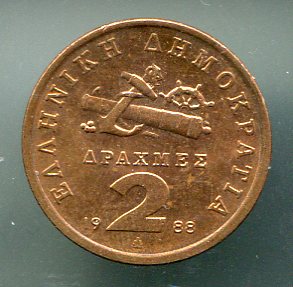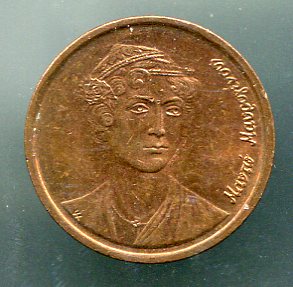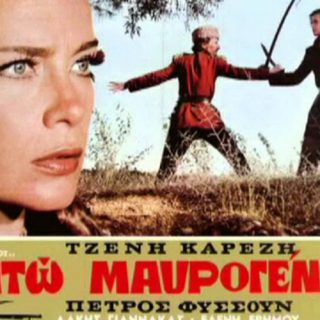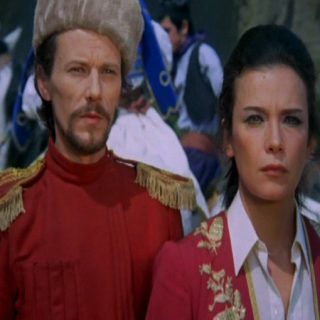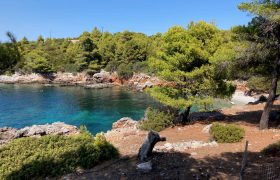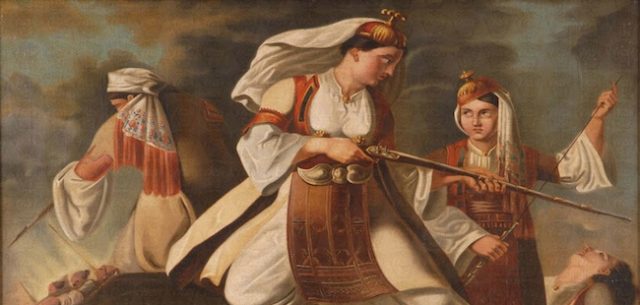Manto: Profile of a Greek Heroine
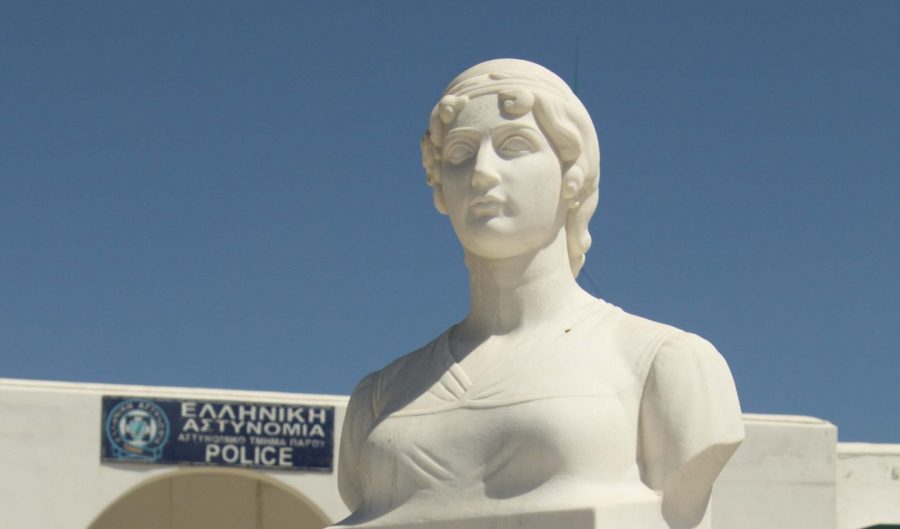
Manto Mavrogenous was a freedom fighter from Mykonos who captained Greece to liberation. It cost this educated-aristocrat-turned-rebel her personal fortune and the love of her life. Mykoniot-resident Stacey Harris-Papaioannou profiles this captivating and tragic Greek heroine.
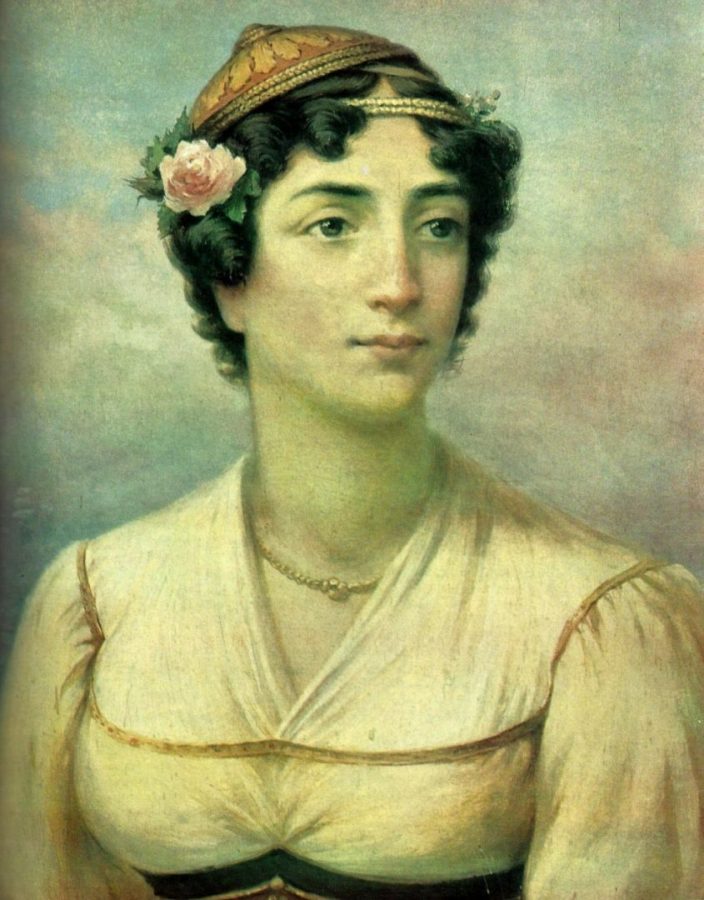
Manto Mavrogenous
At 25, she was the educated aristocrat who became a passionate rebel. In war, she fought like a man, in love she was betrayed like a woman and even her country deserted her after she used her entire fortune to bankroll the revolution. Manto Mavrogenous, a Greek national, was born in Trieste (today’s Italy) in 1796. She had beauty and an aristocratic lineage. Her father, Nikos Mavrogenos, was an established merchant, from Paros. Her mother, Zacharati Hadjis Bati came from Mykonos. The family fled Greece after the beheading of her uncle, a dragoman for the Ottoman Empire. She was educated and influenced by the western teachings of enlightenment; she was fluent in Italian, French and Turkish. The family returned to Paros in 1809 and became actively involved in the insurrection through the Filiki Etairia.
At the outbreak of the revolution in 1821, Manto went to Mykonos. She outfitted two of her own ships and financed another 4 Mykonian vessels. Her fleet was the naval force of the Aegean warding off pirates and plunder. With a handful of men, she staved off an invasion from more than 200 Turks on the island. She financed a corps of more than 800 men and personally joined the battle on the mainland in 1823.
As the “Cause” fought on, she met Dimitri Ypsilanti, the main strategist and political force for the revolution. Eventually, they shared not only their passion for the liberation of Greece but for each other as well. They did not hide their relationship and when they were in camp during battles, she shared Ypsilanti’s tent. As Greece celebrated victory and independence, Ypsilanti broke off his betrothal to Manto. Some accounts say that it was his men that actually issued an ultimatum that he be rid of this woman who was not a woman by the yardstick for men of this Anatolian culture. Other accounts say that Coletti a leader in Nafplio, tied her to Edward Blaquiere, the Englishman who bought the first instalment of the Greek debt, because he feared the political strength of the union of Manto and Ypsilanti. In any case, she left Nafplio with a handful of personal possessions after her home was burgled and burned.
Ioannis Kapodistras awarded her the title of lieutenant-general and she received a small stipend. She complained that the “benefit” was in the category of a war widow or injured disabled soldier, and it did not even suffice to cover her maid’s salary. She had been betrayed by Ypsilanti and her nation after all her sacrifice. She returned to Paros and lived with the last of her remaining relatives. She wrote her memoirs and lived quietly. She died penniless in 1840, at the age of 44, from typhoid fever. She was buried in the churchyard of the infamous Ekatontapyliani, just a few steps from the little house she last lived.
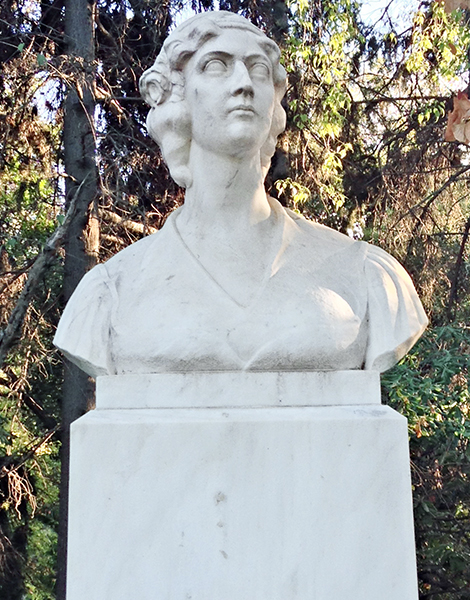
Manto’s statue at Pedio tou Areos
Eventually, an independent self-governing Greece recognized her tremendous contribution and personal sacrifice that led to the success of the revolution. There are two statues of Manto in Greece; a bust that sits at the south end of the Pedio Tou Aeros in central Athens as well as on her native Mykonos. She is honoured with a full-form statue on the island’s central square, that bears her name and faces the waterfront.
- Kazarma, Manto’s home in Mykonos now houses a restaurant by the same name. Cine Manto to the right is a beloved open-air cinema
Her Mykonos home, positioned on the waterfront-was known as Kazarma (Casa de Arma—house of weapons); today the building hosts a Kafenion with the same name.
- The Hellenic Republic honoured Manto with a 2 drachma copper coin, that was retired from circulation in 2000. The anchor on the face of the coin alludes to Manto’s Myconian fleet that successfully took on the Ottoman navy.
She was depicted on the copper 2 drachma coin issued in 2000. Several streets and town squares carry her name. And one of the favourite venues of locals and tourists alike is Cine Manto Mykonos, an open-air Cinema and restaurant, in the centre of town, that carries her name. Although she was a member of the “Filiki Eteria” and used her personal fortune to bring Greece to liberty it is interesting to point out that she would not have been eligible to vote in modern Greece until 1957, when women were granted the right to vote.
The memory of this “SHERO” is celebrated in the arts in a 1971 film, starring Jenny Karezi, a 12- episode television series that aired in the summer of 1983 staring Katia Danoulaki and in 2011, a staged play in Drama. In Mykonos, she is affectionately remembered as “Capetanissa”. Carrying her own sword and plunging into the front lines– battle after battle, either on land or at sea, Manto was a true symbol of freedom. It is hard to imagine today that anyone, man or woman, would be such a passionate patriot for their homeland.
Stacey has been a resident of Greece for more than 3 decades. Based in Mykonos, thanks to parents whose ancestral roots are from the resort island, she was raised in suburban Chicago. Now retired, she has taught English, Speech and Journalism in junior colleges and high schools in Illinois, owned and managed a bookstore and a minimarket in Mykonos, translated texts from Greek to English, written and published articles since she was 14, and has volunteered her time in Greece with Democrats Abroad Greece, the American Women’s Organization of Greece and the Volunteers Association of Mykonos. She is an avid swimmer-winter or summer, and is the proud mother of 2 sons, 24 and 29 years old. staceyseaside




